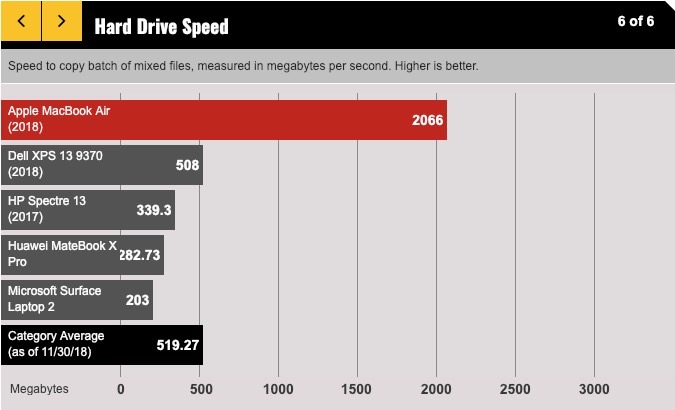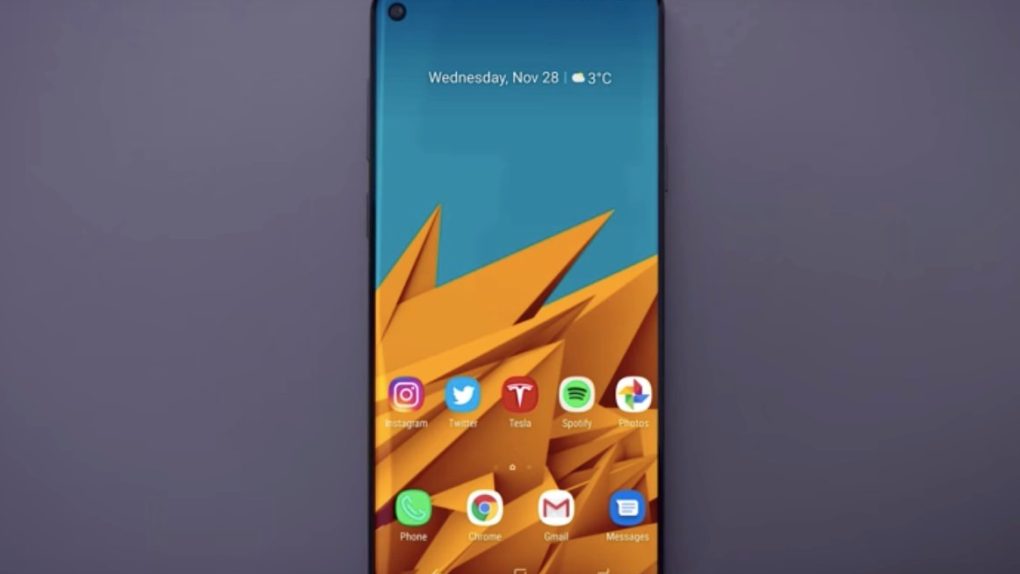A faster processor and more memory aren’t enough to make phones significantly faster, although they will help. A new leak tells us that this year’s top phones, including devices like the Galaxy S10 and OnePlus 7, will get another major upgrade that will improve performance and that’s a new mobile storage standard called UFS 3.0. Its predecessor, UFS 2.1 storage, is already found in several 2018 devices including the OnePlus 6T, which is one of the fastest Android phones you can buy. But UFS 3.0 destroys the old standard according to a leaked benchmark test.
Hardcore Android fans are already familiar with UFS storage, which is the type of storage used in various Samsung phones such as Galaxy S and Note flagships, as well as other phones from different Android vendors.
Samsung also happens to be one of the companies that mass-produce UFS storage, and a report in late October said that Samsung’s UFS 3.0 technology would be introduced this year.
UFS3.0 Crazzzzzy! pic.twitter.com/q7l3deeFH4
— Ice universe (@UniverseIce) January 6, 2019
Well-known Samsung leaker Ice Universe posted a screenshot on Twitter showing benchmark tests for UFS 3.0. We’re looking at sequential read and write speeds of 2,279.8 MB/s and 1,801.1 MB/s, respectively. Random read and write speeds are at 146.4 MB/s and 137.5 MB/s, respectively.
How does UFS 3.0 compare to UFS 2.1? A OnePlus 5 owner posted the following screenshot back in June 2017 to show how fast the storage on the handset is. We’re looking at 730 MB/s and 221.83 MB/s sequential read and write speeds, and at 134.59 MB/s and 26.17 MB/s random read and write speeds, respectively.

In other words, yes, the speed bump will be incredible if this UFS 3.0 benchmark is accurate. To put things in perspective, one of the newest laptops available in stores, the Retina MacBook Air, scored 2066MB/s in LaptopMag’s benchmark:

The same leaker then said the OnePlus 7 would get new UFS 3.0 storage modules. But considering that Samsung is making UFS 3.0 storage, we expect the Galaxy S10 and Note 10 also to pack the same type of memory. Even if the leaker isn’t correct, the dawn of 5G, a new telecom standard that will deliver significantly higher internet speeds, will force smartphone makers to adopt faster RAM and storage solutions that can keep up with 5G speeds.
You can look forward to The Next OnePlus
— Ice universe (@UniverseIce) January 6, 2019








